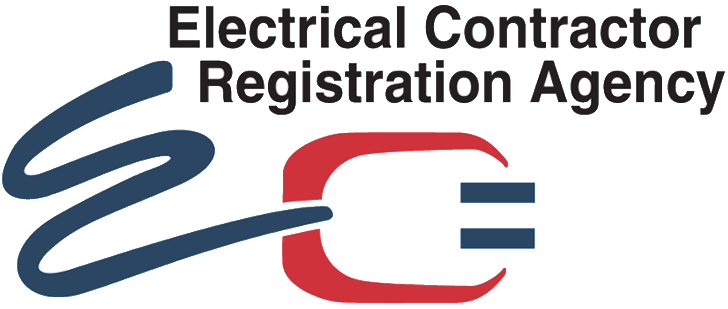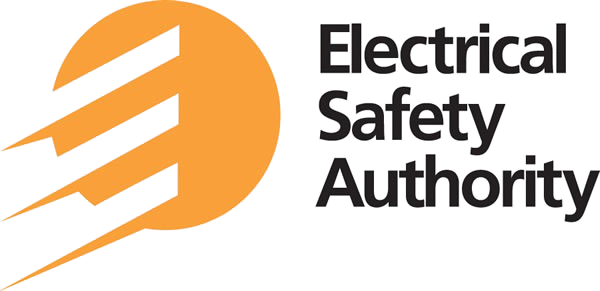Koballash — Innovative Industrial Automation, PLC Programming, and Control System Solutions for Canadian Operations
Delivering reliable PLC logic, smart HMI/SCADA integration, and advanced troubleshooting methodologies — designed for Canadian industries, aligned with CSA standards, and implemented by certified engineers.
Mission Statement
At Koballash, our mission is to empower Canadian industries with resilient automation solutions that maximize uptime, ensure safety, and simplify system scalability. We specialize in PLC programming, control system design, and root cause analysis — all executed with engineering precision and validated through rigorous testing.
Core Values
- Engineering Rigor — Structured logic (IEC 61131-3) with robust documentation.
- Safety & Compliance — Adherence to CSA, OH&S, and industry standards.
- Efficiency & Reliability — Optimized strategies to reduce downtime.
- Transparency & Support — Clear communication and lifecycle support.
Why Koballash?
- Expertise in leading PLC platforms: Allen-Bradley, Siemens, Schneider, Mitsubishi.
- End-to-End services: development, commissioning, FAT/SAT, and maintenance.
- Structured Root Cause Analysis for long-term reliability.
- Tailored solutions for Canadian industries from manufacturing to mining.
Core Services
- PLC Programming & Logic Development
- HMI/SCADA Interface Design & Integration
- Control Network Architecture (EtherNet/IP, Profinet, Modbus)
- Troubleshooting & Root Cause Analysis
- Commissioning & Site Acceptance Testing
- Lifecycle Support & Firmware Management
- Operator Training & Technical Documentation
PLC Programming & Automation — FAQ
Troubleshooting & Root Cause Analysis (concise technician-focused guidance)
User-level checks:
- Blocked or closed supply registers.
- Clogged filters increasing static pressure.
- Zoning dampers closed or mispositioned.
Technician RCA:
- Measure airflow (CFM) with an anemometer at the vent.
- Assess system static pressure using a manometer.
- Inspect blower motor amperage/voltage and module diagnostics.
- Perform duct integrity tests (smoke test or pressure decay) to find leaks/disconnections.
Likely causes:
- Imbalanced ductwork or undersized diffusers.
- Insulation deficits or air leakage along duct runs.
- Faulty or misconfigured zoning dampers.
Technician RCA:
- Perform room-level load calculations (Manual J equivalent).
- Compare measured CFM against design targets at each register.
- Verify damper actuator calibration and control signals.
- Assess building envelope infiltration and insulation continuity.
Potential issues:
- Loose or resonating ductwork and fasteners.
- Worn blower bearings or an unbalanced fan wheel.
- Vibration transfer from improperly mounted equipment.
Technician RCA:
- Perform acoustic analysis to classify noise frequency (mechanical vs aerodynamic).
- Inspect fasteners, duct supports and blower alignment; check motor shaft runout.
- Install vibration isolation or damping where structural resonance is identified.
Contributing factors:
- High indoor relative humidity combined with cold supply air.
- Insufficient duct insulation leading to dew-point contact.
- Clogged condensate drains or frozen evaporator coils.
Technician RCA:
- Measure relative humidity and target 30–50% as optimal range.
- Verify refrigerant pressures and coil condition to rule out freeze or undercharge.
- Inspect insulation continuity and condensate drain slope/clearance.
Structured RCA framework:
- Define the problem: precise symptom, timestamp, scope, and impact.
- Collect data: airflow (CFM), pressure differential, temperatures, humidity, and service history.
- Replicate: reproduce conditions safely in a test environment if possible.
- Analyze: use Fishbone/Ishikawa diagrams to enumerate mechanical, electrical, control, and human factors.
- Correct: targeted fixes (filter replacement, damper adjustment, hardware replacement).
- Validate: re-test performance against design criteria and monitor for recurrence.
- Prevent: document findings, update maintenance schedules and operator guidance.
Tools: anemometer, manometer, multimeter, data logger/historian, smoke test kit, thermal camera, and structured test scripts.


